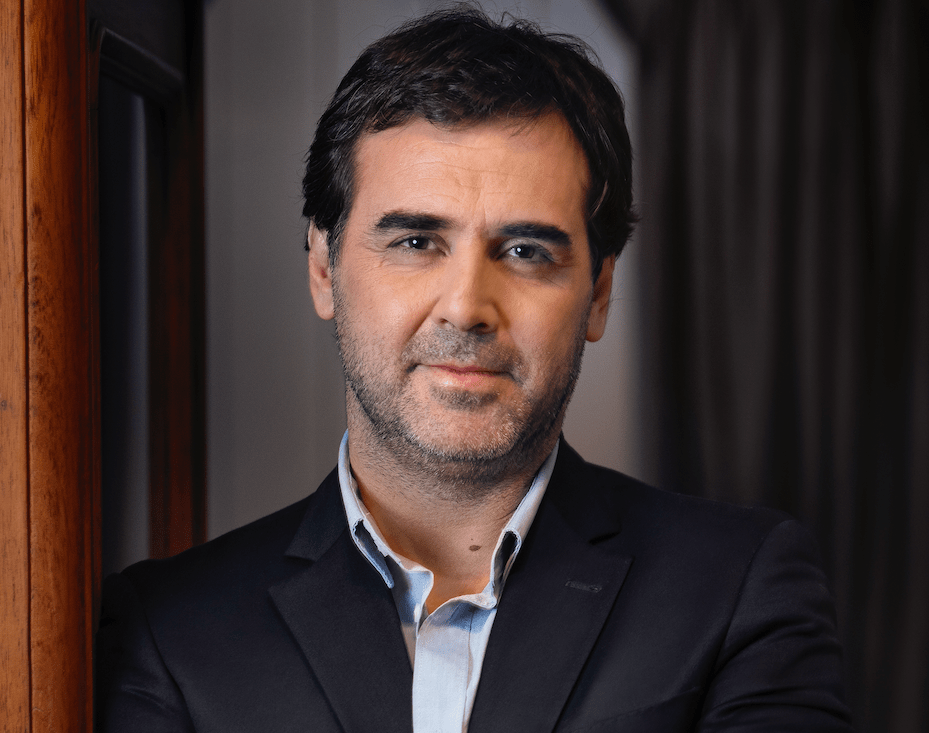Argentina, Latin America’s southernmost country, is often characterized by ongoing economic crises and turmoil. But it is also fast becoming an innovation center for biotech: Second only to the US, Argentina is now the main provider of projects for IndieBio, the world’s first accelerator for biotech startups.
GRIDX, a Latin American science-based company builder (“venture studio” is another term for describing companies like this), is largely responsible for this success.
“It happened in an organic and natural way. IndieBio has become the natural path for Argentine startups in the industry seeking visibility from US investors,” Matías Peire, co-founder and CEO of GRIDX, recently told AgFunderNews.
GRIDX closed its second fund in June, this time for $30 million, aiming to deepen its model in Latin America. The firm finds scientists with great ideas, helps them transform that science into startups with an initial investment of $200,000, and accompanies the projects during the scaling process. This can mean an additional investment of up to $1.5 million in their Seed and Series A rounds.
Founded in 2016, GRIDX currently has a portfolio of 56 companies and employs nearly 700 people, with 90% of its teams working in Latin America. “The founders decide to keep their research and development teams in their home countries, and this is generating something very virtuous,” Peire said, adding that it is becoming possible to do science outside of academia in Latin America. Proof of this is the fact that 70% of the employees at GRIDX’s startups are scientists.

AFN: What is behind Argentina’s success in biotech?
MP: There is a historical Argentine tradition of making advancements in life sciences. There was an existing industry developing vaccines for humans and animals, monoclonal antibodies, which is something very remarkable. There was a base of existing companies and the owners of those companies were the first investors in GRIDX.
AFN: Beyond Argentina, what is the situation of other Latin American countries in biotech?
MP: Brazil is the sleeping giant. In terms of researchers, it is the most prominent, with more than 65,000 researchers in life sciences, while Argentina has 35,000. The latter is the country that has not yet really started in biotech and will probably be the biggest in the future. In Mexico, on the other hand, there is much more openness to talk about entrepreneurship. Colombia is more timid but with intention, and Chile has the most evolved ecosystem because it has invested a lot through CORFO [Corporación de Fomento de la Producción, a government agency].
AFN: What are GRIDX’s investment targets?
MP: One is related to climate change, whether it is the displacement of emitting practices, carbon capture, improvement of biodiversity, or the generation of more balanced ecosystems. There are things related to agriculture, food and industry.
Another side is related to things that have an impact in terms of inequality, in projects that provide greater accessibility, decentralization of health, lower prices for these types of practices.
What is growing much more are the intentions of the scientific system to bring solutions on the climate change side. Of the 16 projects in our last batch, nine are about climate change, while four are related to health matters and two others are a mix of both.
AFN: Could you highlight some of the companies in the portfolio?
MP: Beeflow [a company that creates and manages pollination programs for farmers which increase crop yields] was a pioneer in IndieBio, and is currently operating in the United States, Argentina, Peru, and Mexico.
Some new ones are growing very well, such as Michroma, which makes dyes from mushrooms, or PunaBio, which makes biofertilizers from extremophiles, using one of Latin America’s enormous potentials: biodiversity.
Stämm is working on bringing a new technology to rethink fermentation and cell growth in general. They are creating laminar flow bioreactors that in microfluidic circuits mix a cell with the culture medium in a very precise way and allow for much greater efficiency.
AFN: The last company seems to be trying to solve an infrastructure problem.
MP: When we talk about infrastructure and the breakthrough that is needed, we have three axes. One is the digitalization of biology, sequencing, because there are a lot of technologies to unlock, as sequencing ends up being expensive and complex. The next is how you manage that digitalization, and the third involves a more physical dimension, the interface between the biological and digital world, and the technologies that are coming to accelerate that process.
AFN: Where do you see the future of biotech going?
MP: In food, we have to think about alternative proteins, which require processing that can come from two sides: cultured meat or plant-based alternatives. Both still have to develop technologies around the supply chain, and there are a lot of things that can come up in both categories.
In food ingredients, we are also going through a transition. There are a lot of ingredients that need to maintain the final food formulation processes in order to keep sustaining the distribution logic of getting to market, which I see as very difficult to change, especially because we need to keep expanding services and material goods to humanity.
Similar things are happening in agriculture. We need to move towards a matrix of biological intervention that is more harmonized with productive ecosystems, and today we do not have the tools to displace current practices. We require more technologies and innovation.



